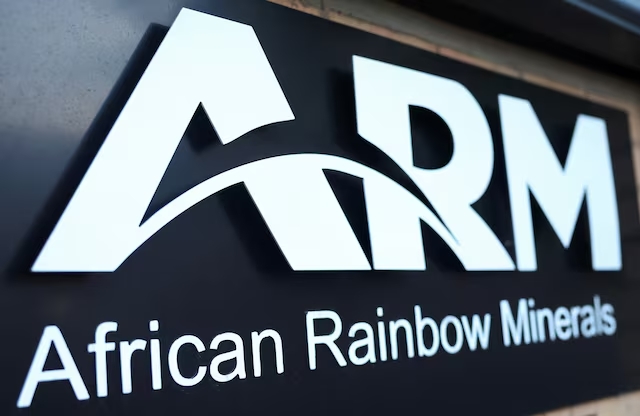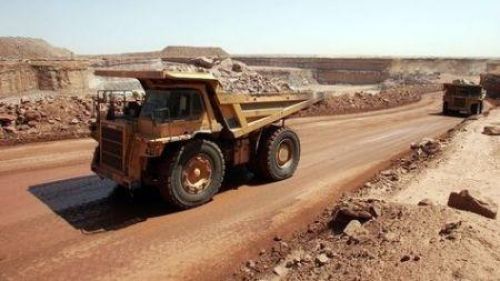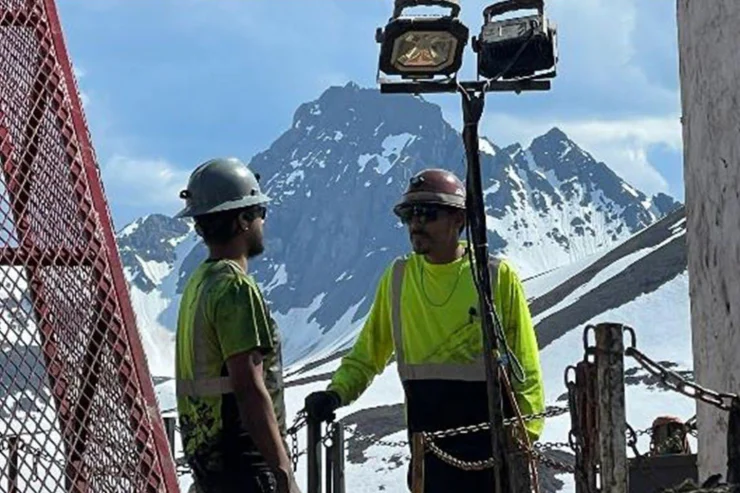Mining

South Africa’s mining industry still provides well-paid jobs despite challenges

To ensure the future and sustainability of the South African mining industry, it must have a stable, predictable and investor-friendly regulatory environment as well as a sound operating environment, including reliable and functional rail and port logistics, uninterrupted electricity supply at globally competitive prices, and certainty around water supply. A transparent and modern cadastre mining system to manage mineral rights is essential to encourage investments in exploration, mine development and mining operations, which will all contribute towards increasing employment opportunities in the industry.
Prices for key commodities like those of platinum group metals (PGMs) have fallen sharply in the past two years. The rand price for PGMs, known as the basket price, was nearly 18% lower in 2024 compared to 2023. This followed a 28% decrease in the basket price of PGMS in 2023. This sustained low basket price is putting pressure on the sector and profitability. Employee earnings grew by R30 billion between 2021 and 2024. In 2024, the mining industry paid its workforce a total of R195 billion in 2024 compared to R165 billion in 2021.
The industry’s multiplier effect is estimated to be 10 other employment opportunities created for every one employee in the mining industry. To illustrate the difficulties in the industry, mining’s contribution to the country’s economy as measured by the gross domestic product (GDP) has fallen to 6% from 7.6% in 2021. 2 Another example is corporate tax, which flows directly into government coffers, has fallen to R44 billion in 2024 from R81 billion in 2021, reflecting the real difficulties the sector faces.












